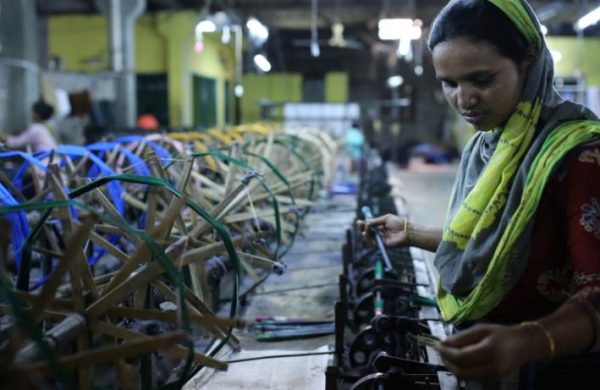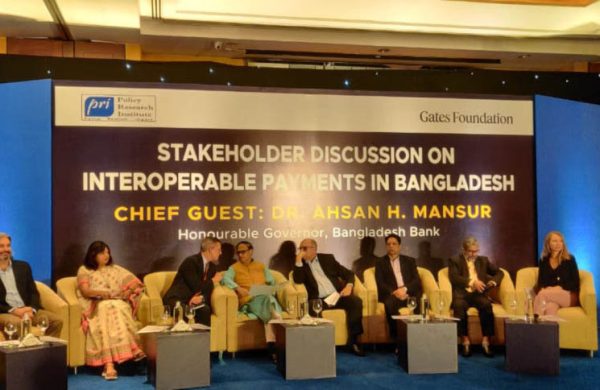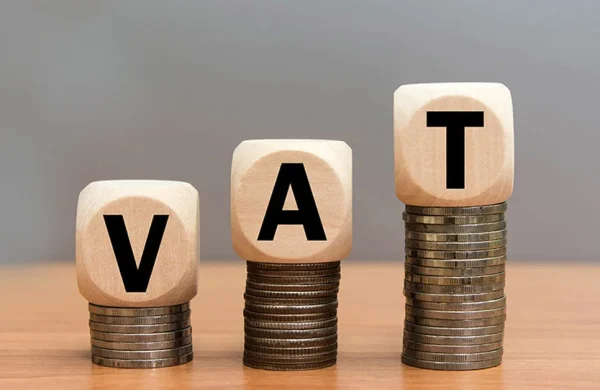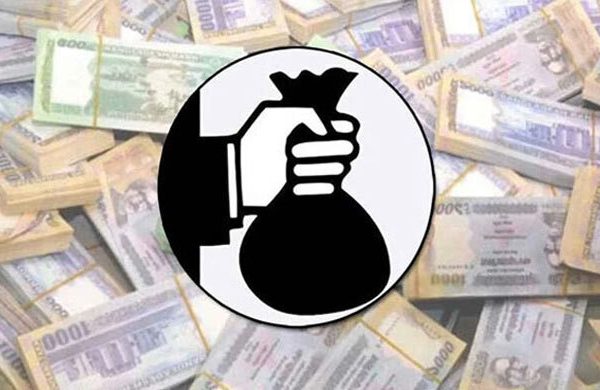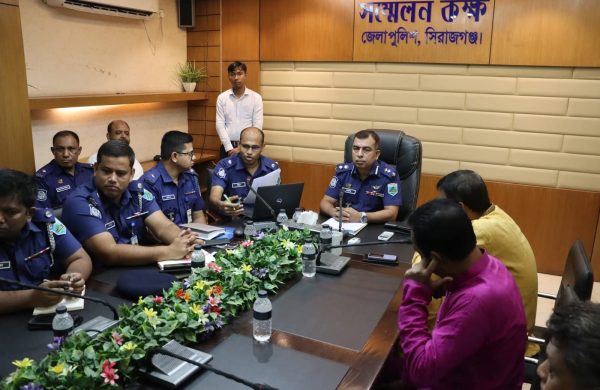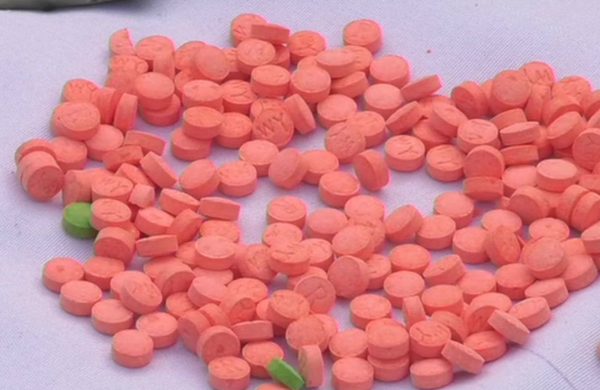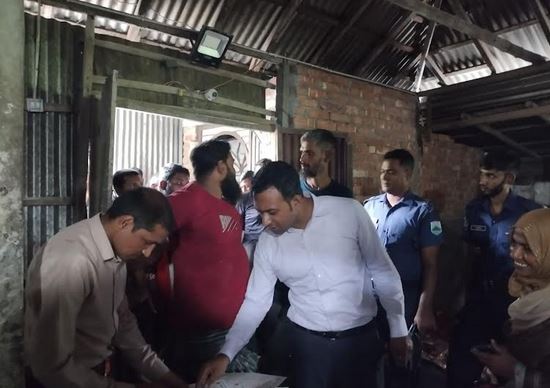How secure is your deposit, if a bank is liquidated?
- Update Time : Tuesday, January 14, 2025

TDS Desk:
Bangladesh has the lowest deposit insurance coverage in South Asia, raising concerns among depositors, particularly as at least 10 banks have become “technically bankrupt” due to rampant corruption during Sheikh Hasina’s 15-year autocratic regime, exposing huge risk for financial stability.
The amount of insured deposits has been declining since 2021 as insurable deposits surged, while insurance coverage has remained limited to Tk1 lakh per depositor in a bank since the enactment of the Bank Deposit Insurance Act in 2000.
Only 19% of deposits in the entire banking system were fully protected under the Deposit Insurance Trust Fund as of the end of December 2023, the lowest among South Asian countries, down from 23% in 2021, Bangladesh Bank data shows.
If a bank is liquidated, the central bank will pay each depositor up to Tk1 lakh as per the Bank Deposit Insurance Act. This insured amount will be paid first, and any extra deposits will be adjusted based on the net assets of the liquidated bank.
The total size of the Deposit Insurance Trust Fund stood at Tk15,152 crore at the end of December 2023, enough to cover 91.2% of small depositors with deposits of up to Tk1 lakh.
According to Bangladesh Bank data, the total insurable deposits in the banking sector amounted to Tk14 lakh crore at the end of 2023. The 10 banks that have been declared “technically bankrupt” hold more than 20% of the total deposits, amounting to nearly Tk3.5 lakh crore.
The current balance of the Insurance Trust Fund would be able to compensate insured deposits up to Tk1 lakh per depositor in the case of liquidation of up to 23 small banks, according to a central bank study.
However, depositors of a significant number of banks may not be fully covered or compensated due to the larger deposit bases of these banks, according to the 2023 Financial Stability Report.
BANGLADESH LAGS IN SOUTH ASIA
In India, deposit insurance coverage increased from ₹1 lakh to ₹5 lakh per depositor in 2020, considering factors such as growth in the value of bank deposits, economic growth, inflation, and rising income levels.
As of 31 March 2024, 97.8% of accounts in the Indian banking system are fully protected, exceeding the international benchmark of 80%.
As of the same date, the insured deposit ratio (IDR) in India was 43.1%, meaning 43.1% of accessible deposits were insured.
Meanwhile, in Bangladesh, despite at least 13 banks entering the market since 2000, during a period when deposits grew sevenfold alongside rising income levels and a 6%-7% GDP growth, the Bangladesh government has not adjusted the deposit coverage level in two decades.
In Pakistan, a country that lags behind Bangladesh in economic parameters, over 98% of depositors in scheduled banks are protected by the Deposit Protection Corporation, which covers deposits up to Rs5,00,000 per depositor per bank. In terms of value, 55% of deposits in member banks are eligible for protection.
In Sri Lanka, the deposit insurance coverage is a maximum of Rs1,100,000 per depositor in the event of bank failure.
Globally, deposit insurers cover approximately 41% of total eligible deposits, leaving 59% uninsured, according to the International Association of Deposit Insurers (IADI).
Generally, more advanced economies tend to have a higher coverage ratio for insured deposits.
Moreover, the share of deposit insurers beginning reimbursement within seven days has consistently increased over the last decade, from just over 30% in 2013 to approximately 60% today, according to the IADI.
In Europe, 70% of deposit insurers start payout within seven days, compared to 40% in Asia.
In Bangladesh, the reimbursement provision is set at three months after the liquidation announcement of a bank.
MOVE TO AMEND DEPOSIT LAW
The Bangladesh Bank has been pursuing the government to amend the Bank Deposit Insurance Act to Deposit Protection Act, doubling the coverage limit to Tk2 lakh since 2020, but it has yet to receive parliamentary approval.
The draft law was approved by the cabinet on 20 February 2022 and was subsequently sent to parliament after completing legal vetting by the law ministry.
Once enacted, the law will extend insurance coverage to non-bank financial institutions (NBFIs) as well.
After joining the Bangladesh Bank under the interim government, Governor Ahsan H Mansur instructed the relevant departments to amend the draft law to align it with the standards of the International Association of Deposit Insurers.
Following his instructions, the Bangladesh Bank revised the draft law, proposing to shorten the reimbursement timeline from the current three months to between 7 and 21 days after a bank’s liquidation. Bangladesh became a member of the IADI in 2006.
NO BANK LIQUIDATION YET
According to the White Paper on the state of Bangladesh economy, all the 10 banks termed “distressed” by the regulator are technically “bankrupt and illiquid”.
However, in Bangladesh, no bank has ever been put into liquidation. While some banks have become practically bankrupt, they were not officially declared for liquidation.
For instance, Padma Bank, previously known as Farmers Bank, became illiquid due to corruption, leading to significant losses for many depositors.
However, instead of liquidation, the bank was announced for a merger with another bank during Sheikh Hasina’s regime, but this was never implemented.
In 2019, the Bangladesh Bank recommended the liquidation of two financial institutions – People’s Leasing and International Leasing – but the government approved the liquidation of only People’s Leasing.
The liquidation was, however, never carried out, and depositors did not receive their funds.
BANKS’ CONTRIBUTION IN PROTECTION FUND
According to the Deposit Insurance Act, every member of a scheduled bank is treated as an insured bank, and member banks are required to contribute a half-yearly premium, as prescribed from time to time, based on the total insured deposits held by the bank.
Before 2007, the premium was set at a flat rate of 0.07%. In 2012, risk-based deposit insurance premium rates were introduced, revising the rates to range from 0.08% to 0.10%, based on the CAMELS rating, an assessment of a bank’s strength across six categories: capital adequacy, assets, management capability, earnings, liquidity, and sensitivity.
Problem banks, which were affected by poor CAMELS ratings from 2013 onward, were charged the higher 0.10% rate.
The total premium collection from member banks in 2023 was Tk917 crore, a 5.8% increase from Tk866 crore collected the previous year, according to central bank data.
The entire fund is invested in government treasury bills and bonds, with the Board of Directors of Bangladesh Bank acting as the Trustee of the Deposit Insurance Trust Fund.


